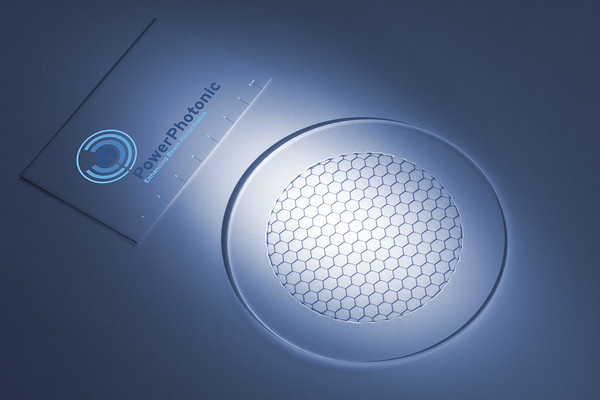This paper explains how a new approach to coherent beam combining generates an output beam with very high power and high brightness, in a compact, rugged module with low size and weight. The paper describes how converting a sparse array of gaussian beams to a densely-tiled array of supergaussian beams can improve far-field beam combining efficiency and reduce overfill power, compared to more established approaches.
Diverse applications, including laser-based directed energy for defense, ground to satellite communication, power beaming (e.g. CubeSat recharging), laser-induced nuclear fusion for clean energy generation, and high-power femtosecond “cold” laser processing, stand to benefit greatly from advancements in beam combining efficiency. Notably, defense and space applications require highly effective beam combining subsystems to achieve maximum efficiency within stringent size, weight, and power (SWaP) constraints. Balancing these competing demands requires innovative design and engineering approaches.
Existing high power laser beam combiner technology is based on some form of wavelength (spectral) beam combining (SBC) of multiple laser sources, or on some form of spatial beam combining that enables coherent beam combining (CBC) of multiple laser sources. Typical subsystems used for these techniques however tend to have large size and weight, and not be mechanically rugged enough to be practical for applications outside of laboratories. Recent innovation by PowerPhotonic in coherent beam combining solves these challenges.
To request a full copy of this white paper, use our Contact Us details, or email directly using sales@powerphotonic.com
POWERPHOTONIC IS A SUPPLIER OF SOLUTIONS FOR DEFENSIVE MILITARY APPLICATIONS
White Paper Available from PowerPhotonic on Request
Introduction
Today’s state-of-the-art fiber lasers can output kilowatts of single mode power, with potentially even higher levels on the horizon. However, to achieve orders of magnitude increase in both power and brightness, laser system design engineers need to combine beams from multiple sources while maintaining the beam divergence close to that of a single spatial mode. The challenge is to combine beams from multiple single mode fibers in a way that maintains single mode divergence, without compromising the efficiency of the combined beam.
Coherent beam combining (CBC) of single mode fiber sources has been demonstrated by numerous entities. The use of a compact device, as described in this paper, to achieve a single very high-power beam, however, offers significant advantages over other available CBC solutions that use discrete optics to generate an array of gaussian beams, particularly in terms of size, weight and power (SWaP), and represents an innovative and practical new solution to this challenge.


